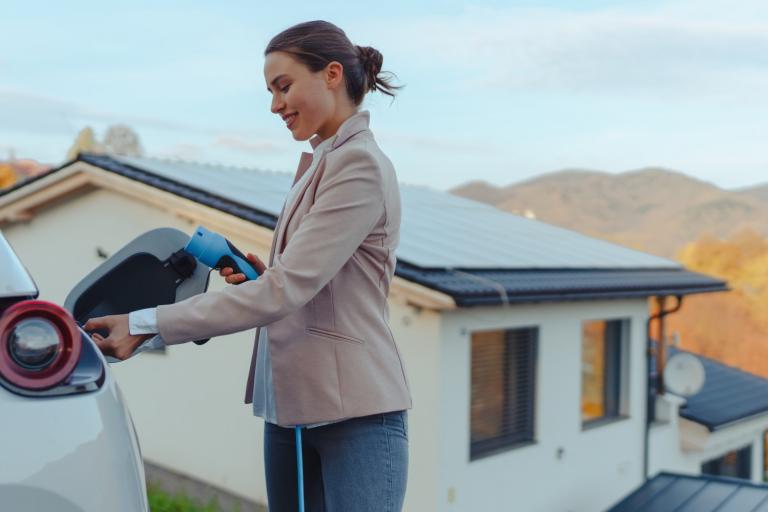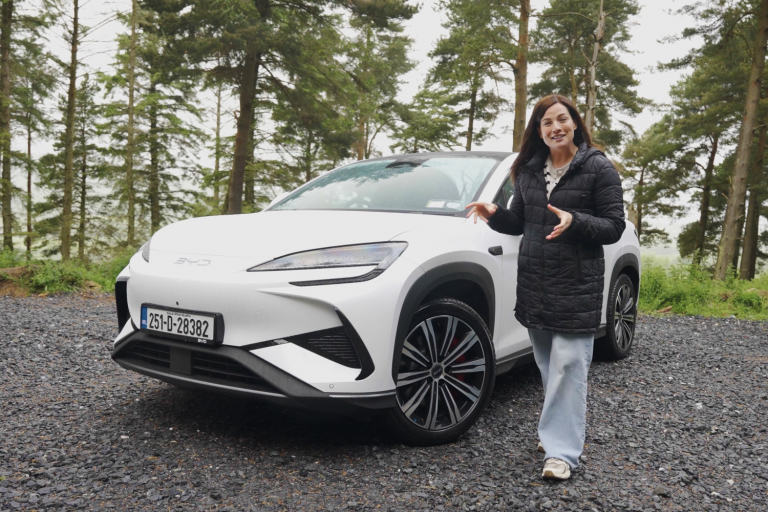Kodiaq’s latest diesel SUV poses dilemma in era of EV
Published on 29 January, 2022
Overview
Looking back 10 years in motoring isn’t really the thing to be doing when reviewing a new car, but I’ll attempt to show it to be a worthwhile exercise by putting this week’s test vehicle in some context.
Back then, diesel was king, as you no doubt remember. While there may have been rumours of an electric SUV for the likes of Skoda, it was a concept for an apparently far and distant future – something to speculate on over dinner at the launch of a new diesel saloon (remember those?).
We lived with diesel as the long-drive champion (and short-drive too, with some small mileage undertaken and purchase justified on the basis that diesel was so much more frugal than petrol).
Now we have an electric SUV from the likes of Skoda – you know it as the Enyaq, and the world is a different place. It quite suddenly feels like we have, almost overnight, changed our perceptions of how things are and are going to be.
One thing’s for sure – the future doesn’t hold refuge for diesels, and I know, from past reviews, you expect me to say that’s a pity because there will always be a job for them.
But the reality is this: we’re buying fewer of them and they’re inexorably being overtaken by the electrified set (hybrid, EV, plug-in).
So, the big question is: Should you buy a hybrid or plug-in or battery electric this time around and leave diesel forever? The simple answer is that you should probably be future-proofing your motoring needs in some way or other.
At least, that was my mindset getting into the revised Kodiaq family SUV diesel from Skoda, in which I had an extended stay. After driving so many electrics or electrified cars over the past few months, it was a bit like being on holiday. I could sleep in – that is, I didn’t have to worry about range, I didn’t have to concern myself with planning ahead to charge up, so I had peace of mind on the way back home.
And most of all, I didn’t have to worry about waiting in a queue to replenish the battery. Yes, I can hear you say, the day will come – and it isn’t that far off, I hope – when a combination of factors (higher capacity batteries, quicker charging, more and better charging points) will make it a lot easier, quicker and smoother to fuel longer journeys in an EV. It will become the norm.
Until then, I think there has to be a place for diesel, albeit at a lower volume, and for ever-decreasing spirals of specific circumstances. I just think that’s the realistic outcome. I know it places people who need high mileage capacity in a fix. They’re so worried about losing thousands extra when they come to trade in against an electrified vehicle within another three years or so.
Maybe there will be some government intervention to ease the pain, maybe not. It’s a tough call. I feel there will be a lively second-hand diesel trade for years. Don’t forget, used diesel cars won’t be banned from 2030, only new ones.
And so to the Kodiaq itself and its 150bhp of diesel power from a two-litre engine, and why you might still consider it as your next new car. It has aged well. They got the design so right on this from the start that any little embellishment is magnified. It seems like only the other day we drove it on a memorable journey for the first time in Europe.
In striking blue, the car on test looked fresh inside and out.
But even Skodas need a wee boost every so often, and the key upgrades with this include a new front look with aluminium trim bumper, full matrix LED headlights, adaptive cruise control, LED tail lights with dynamic indicators, new rear spoiler, front Isofix anchor point for child seat, ergonomic seats, latest-gen infotainment system with screens of up to 9.2 inches and front and rear parking sensors.
I mostly left the third row (of two seats) folded flat; there was no need for them, and their prone position left me with plenty of luggage space. But when upright (for experimental reasons), I’m afraid the laws of physics seriously shrunk the room to carry the accoutrements that accompanies a family. Regardless of diesel or electric, that’s always going to be the case in a car of medium dimensions.
The outstanding thing I found about the car was how easy it was to park and get around town in. The seven-speed auto gearbox was excellent. And the engine, smooth as you like, is capable of 6 litres/100km (official is 5.6l/100km), which is worth noting in these days of mad fuel prices.
Ten years ago, I’d be answering my own question (would I buy it?) in strong, positive tones. Even tempered by concerns about future trade-in values, I still think SUV diesels like this have a place and a role for a while yet.
Latest Reviews

Rock n Roll Star - Defender partners with Oasis Live

GEV Technologies Powers Smarter EV Charging for Fleets and Businesses

BYD Sealion 7 Video Review